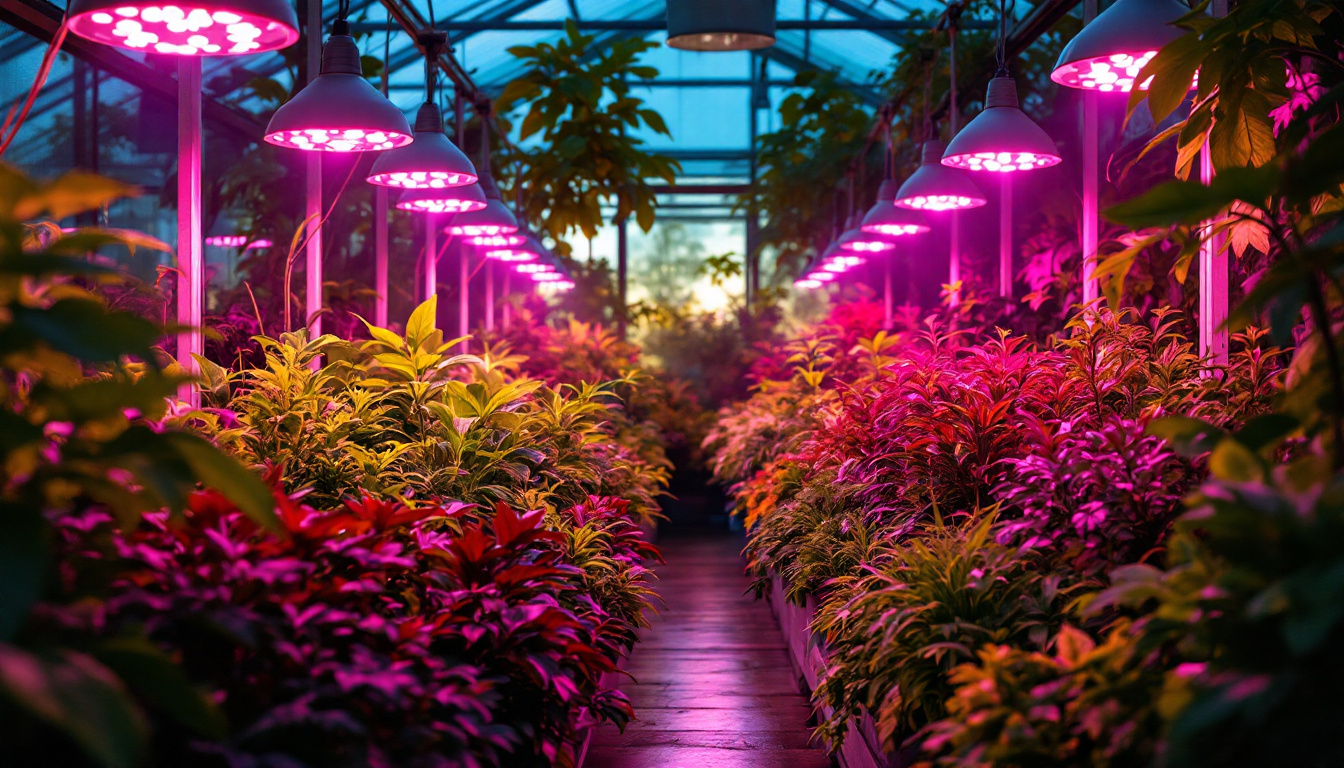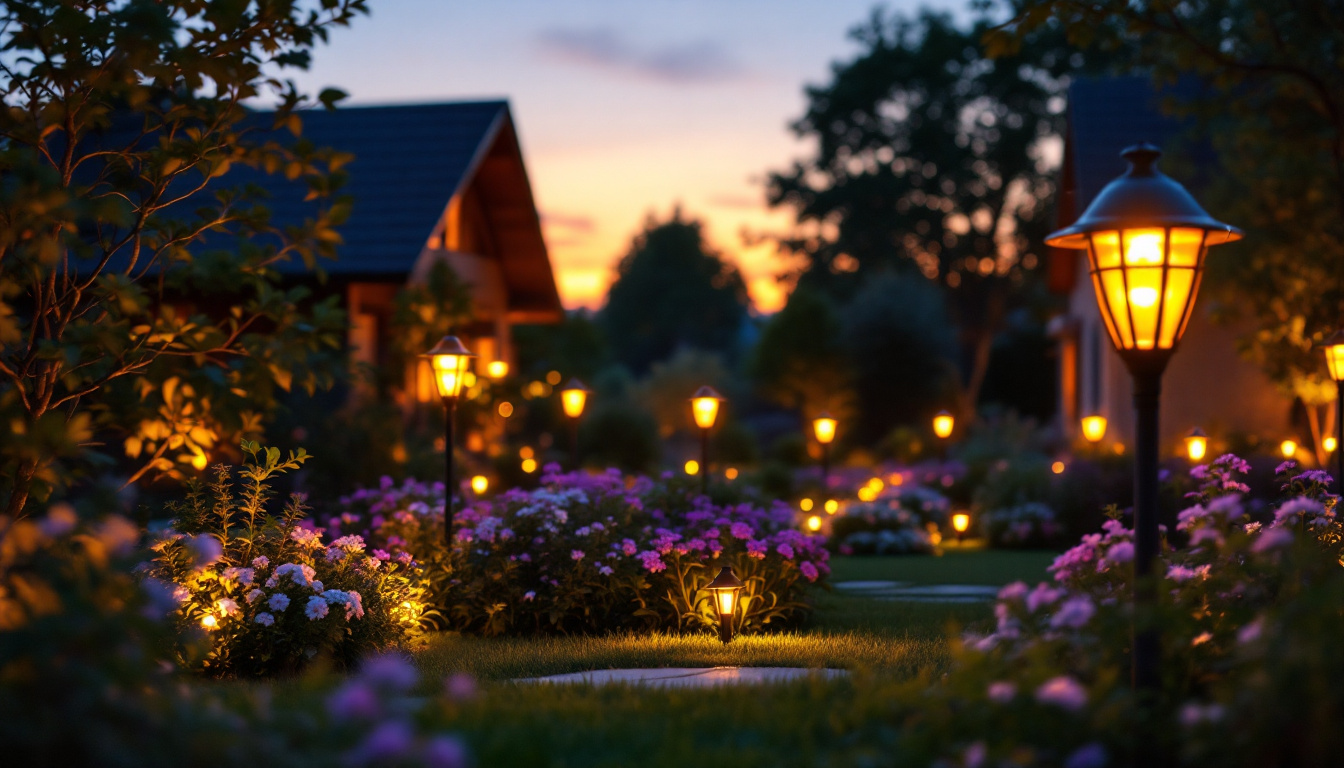
Uplighting is a lighting technique that has gained significant popularity in various settings, from weddings to corporate events. This method involves placing lights on the ground and directing them upward, creating a visually stunning effect that enhances the ambiance of any space. For lighting contractors, understanding uplighting is essential not only for current projects but also for future-proofing their lighting designs.
Uplighting serves multiple purposes, from accentuating architectural features to setting a mood. It can transform a dull space into a vibrant environment, making it a versatile tool in a lighting contractor’s arsenal. By utilizing uplighting, contractors can create depth and dimension, highlighting textures and colors that would otherwise go unnoticed.
At its core, uplighting involves the strategic placement of light fixtures to cast light upwards. This technique can be achieved using various types of fixtures, including LED lights, floodlights, and spotlights. The choice of fixture often depends on the desired effect, the space being illuminated, and the budget available for the project.
When planning uplighting, consider factors such as the height of the fixtures, the angle of the light, and the color temperature. These elements play a crucial role in achieving the desired ambiance and ensuring that the lighting complements the overall design of the space. Additionally, the use of dimmers can provide further flexibility, allowing for adjustments based on the time of day or the specific needs of an event.
Uplighting is commonly used in a variety of settings, including weddings, corporate events, and theatrical productions. In weddings, uplighting can enhance the romantic atmosphere, while in corporate settings, it can convey professionalism and sophistication. The versatility of uplighting makes it an invaluable tool for contractors looking to meet diverse client needs.
In addition to events, uplighting can also be used in residential spaces. Homeowners often seek to create inviting atmospheres in their gardens or living rooms, and uplighting can help achieve this by highlighting features such as trees, sculptures, or architectural details. For instance, uplighting can be strategically placed around a water feature to create shimmering reflections, adding a magical touch to outdoor gatherings. Furthermore, in interior spaces, uplighting can draw attention to artwork or unique design elements, making them focal points that enhance the overall aesthetic of the home.
Moreover, the use of colored uplighting can dramatically alter the mood of a space. By incorporating RGB LED fixtures, contractors can customize the color palette to suit specific themes or occasions. For example, a soft blue hue can evoke calmness during a spa day, while vibrant reds and oranges can energize a party atmosphere. This adaptability not only showcases the creativity of the lighting design but also allows for a personalized experience that resonates with the preferences of the clients.
As technology continues to evolve, so do the expectations of clients regarding lighting solutions. Future-proofing lighting projects involves anticipating changes in technology and design trends, ensuring that installations remain relevant and functional for years to come.
One of the most significant advancements in lighting technology is the rise of LED fixtures. LEDs offer numerous advantages, including energy efficiency, longevity, and versatility. By incorporating LED uplighting into projects, contractors can provide clients with sustainable solutions that reduce energy costs and maintenance needs.
Moreover, LED technology allows for a broader range of colors and effects, enabling contractors to create dynamic lighting designs that can be easily adjusted to suit different occasions. This adaptability is key to future-proofing projects, as it ensures that installations can evolve alongside changing client preferences. Additionally, the compact size of LED fixtures allows for innovative design possibilities, such as hidden installations or creative arrangements that enhance architectural features without overwhelming the space.
Smart lighting has revolutionized the way people interact with their environments. By integrating smart technology into uplighting projects, contractors can offer clients enhanced control over their lighting systems. Features such as remote access, programmable settings, and integration with smart home systems provide users with flexibility and convenience.
Additionally, smart lighting can adapt to various situations, such as adjusting brightness levels based on the time of day or changing colors to match specific themes or moods. This level of customization not only enhances the user experience but also positions contractors as forward-thinking professionals in the industry. Furthermore, the incorporation of sensors and automation can lead to increased energy savings, as lights can be programmed to turn off when rooms are unoccupied or dimmed during daylight hours. This not only contributes to a more sustainable environment but also aligns with the growing trend of eco-conscious living among consumers.
Designing an effective uplighting scheme requires careful consideration of various factors. From the architectural features of the space to the intended atmosphere, each element plays a crucial role in the overall success of the project.
Before implementing uplighting, it is essential to assess the space thoroughly. Understanding the layout, color palette, and architectural features will guide the selection of fixtures and placement. For instance, a venue with high ceilings may require different lighting techniques than a more intimate space.
Additionally, considering the natural light sources in the area can help determine the best times for uplighting to shine. This assessment ensures that the uplighting complements the existing features rather than competing with them. Factors such as window placement and the direction of sunlight can significantly influence how uplighting is perceived at different times of day, allowing designers to optimize the visual impact of their lighting choices.
Moreover, it’s important to take into account the materials used in the space. Different surfaces, such as textured walls or reflective floors, can interact uniquely with light. For example, a rough stone wall may absorb light differently than a smooth, polished surface, affecting how uplighting enhances the architecture. By understanding these interactions, designers can make informed decisions that elevate the aesthetic appeal of the space.
Uplighting should not exist in isolation; it must work harmoniously with other lighting elements in the space. Achieving a cohesive design involves balancing uplighting with ambient and task lighting to create a layered effect. This approach enhances the overall atmosphere and ensures that the lighting serves its intended purpose.
For example, in a wedding reception, uplighting can be used to highlight the dance floor while ambient lighting provides a soft glow throughout the venue. This combination creates a welcoming environment that encourages guests to enjoy the celebration. Additionally, incorporating color into uplighting can evoke specific emotions and set the tone for the event. Soft pastels may create a romantic ambiance, while vibrant hues can energize the atmosphere, making it perfect for lively gatherings.
Furthermore, the strategic placement of uplights can draw attention to key design elements, such as floral arrangements or architectural details, enhancing the overall visual narrative of the event. By using uplighting to create focal points, designers can guide the flow of movement within the space, encouraging guests to explore and engage with their surroundings. This thoughtful integration of uplighting not only beautifies the venue but also enriches the overall experience for attendees, making every moment memorable.
While uplighting offers numerous benefits, it is not without its challenges. Lighting contractors must be prepared to address potential issues that may arise during the planning and execution of uplighting projects.
One common challenge in uplighting is dealing with limitations such as power sources and fixture placement. In some venues, access to power outlets may be restricted, making it difficult to position lights effectively. In such cases, battery-operated LED fixtures can be a viable solution, providing flexibility in placement without the need for extensive wiring.
Additionally, contractors should consider the weight and size of fixtures when planning uplighting. Ensuring that fixtures are not too heavy for the surfaces they will be placed on is crucial for safety and stability. In venues with delicate surfaces, such as historic buildings or temporary installations, lightweight options or even custom mounting solutions may be necessary to avoid damage while still achieving the desired lighting effects.
Another challenge involves managing client expectations. Clients may have specific visions for their uplighting that may not be feasible due to budget constraints or technical limitations. Open communication is key to navigating these discussions. By educating clients about the possibilities and limitations of uplighting, contractors can help them make informed decisions that align with their goals.
Providing visual aids, such as mood boards or renderings, can also assist in conveying ideas and ensuring that clients have realistic expectations of the final outcome. Furthermore, showcasing past projects through case studies can help clients visualize the potential of uplighting in their own events. This not only builds trust but also inspires creativity, as clients may see innovative applications of uplighting they hadn’t previously considered. By fostering a collaborative atmosphere, contractors can work alongside clients to refine their visions and find creative solutions that meet both aesthetic desires and practical constraints.
Uplighting is a powerful tool in the lighting contractor’s toolkit, capable of transforming spaces and enhancing experiences. By understanding the mechanics of uplighting and embracing technological advancements, contractors can future-proof their projects and meet the evolving needs of clients.
As the lighting industry continues to evolve, staying informed about trends and innovations will be essential for contractors looking to maintain a competitive edge. By focusing on design considerations, addressing challenges, and fostering open communication with clients, lighting professionals can create uplighting solutions that are not only beautiful but also sustainable and adaptable for the future.
Ready to elevate your lighting projects with the transformative power of uplighting? At LumenWholesale, we provide lighting contractors with the highest quality, spec-grade lighting products at unbeatable wholesale prices. Say goodbye to local distributor markups and hello to superior lighting solutions that meet the highest industry standards. With our hassle-free bulk buying and free shipping, you can ensure your projects are future-proofed with premium lighting at the best value. Don’t compromise on quality or affordability. Discover wholesale lighting at the best value today and bring your creative visions to life with LumenWholesale.

Discover the transformative power of greenhouse grow lamps in enhancing lighting installation projects.

Discover the essential resources lighting contractors rely on to master the use of exhaust fans in shops.

Discover how lighting contractors can elevate their projects with garden lights solar solutions.

Discover the frequent pitfalls lighting contractors encounter with indoor motion sensors for lights.